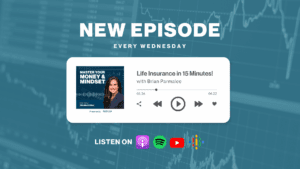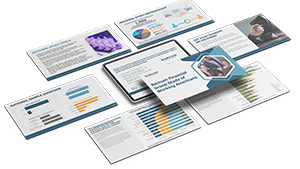
In the world of financial planning, few tools are as universally valued as life insurance. While some people may put off having the conversation, our Study of Working Americans reveals a powerful truth: those who have it, value it deeply. A remarkable 80% of respondents have life insurance, showing just how foundational it has become to a solid financial plan.
But the most telling statistic is this: an impressive 72% of those who have life insurance consider it “very valuable.” It’s a sentiment that rings true across all generations, income levels, and genders. Once people have this coverage, they recognize its critical role in providing security and peace of mind.
From “Thinking About It” to “Having It”
Despite this widespread consensus on value, a large number of people haven’t taken the final step. Our study found a gap between consideration and action, particularly among younger generations. Of those who don’t currently have life insurance, 46% have considered it but don’t currently use it.
This hesitation is a prominent trend among younger adults, with 30% of Gen Z and 23% of Younger Millennials having contemplated coverage without a plan in place. This isn’t a lack of awareness; it’s a disconnect between acknowledging a need and taking action. The reasons for this gap could be rooted in feeling overwhelmed by choices, unsure of the cost, or simply putting it off for another day.
Bridging the Gap
The good news is that bridging this gap is simpler than you might think. A financial advisor can help you move from “considering” to “covered” by demystifying the process and providing personalized guidance.
Instead of wading through policy options like term, whole, universal, or variable on your own, an advisor can help you understand the fundamental differences and find the one that fits your budget and life stage. They can also help you:
- Determine the Right Amount of Coverage: Ensuring your policy truly protects your loved ones by considering your income, debts, and future needs.
- Provide Clarity on Costs: Addressing the common misconception that life insurance is prohibitively expensive by showing you affordable options.
- Secure Peace of Mind: Helping you formalize a key component of your financial strategy, providing the sense of security you’ve already acknowledged you need.
Life insurance isn’t just a product; it’s a critical component of a resilient financial plan, and a tool that a vast majority of people find to be a very valuable part of their lives.
What You Can Do Now
If you’re partnered with a Barnum financial advisor, anytime is the right time to review your insurance coverage. Contact them today to start that process. If you’re thinking about getting life insurance, and need help, we’re here for you. Contact us today and speak with a financial professional. Get the clarity you need to protect your financial future.



